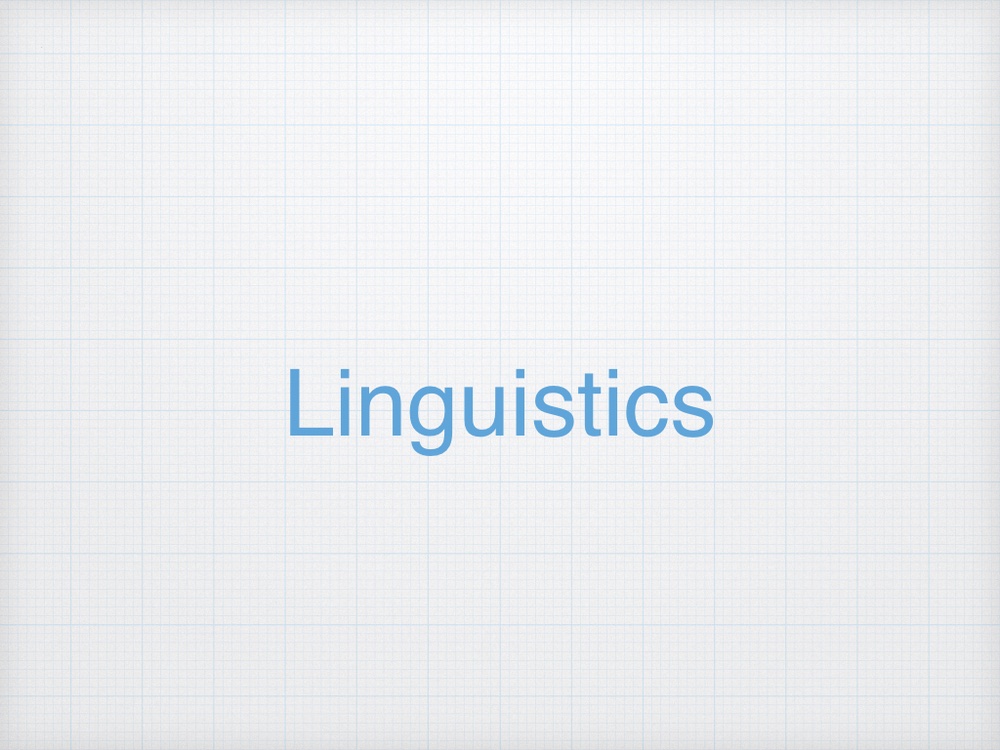3つの制約
最近少しずつ認知言語学の勉強もしている. その中で1つ非常に学びになったのが, 認知文法を研究する際に作業仮説として3つの制約が提案されていることである.
Any flights of fancy cognitive grammarians might be prone to are seriously constrained by the content requirement. Adopted as a strong working hypothesis, this requirement states that the only elements ascribable to a linguistic system are (i) semantic, phonological, and symbolic structures that actually occur as parts of expressions; (ii) schematizations of permitted structures; and (iii) categorizing relationships between permitted structures.
(Langacker, 2008, pp. 24-25)
認知文法家が陥りがちな気ままな空想は、「内容要件 (content requirement)」によって厳しく制約される. 強力な作業仮説として採用されたこの要件は、言語体系に帰属させられる要素は以下のものだけであると述べている. (i) 実際に表現の一部として生起する、意味構造、音韻構造、象徴構造. (ii) 許容される構造のスキーマ化. (iii) 許容される構造間のカテゴリー化(範疇化)の関係.
(Gemini訳)
おそらく認知文法の研究者からすると基礎中の基礎なのであろうが, 私にとって認知言語学の解像度を高めるのに大いに役立った.
というのも, 私は認知言語学が生成文法と比べて良くも悪くもかなり自由度の高い理論構築を行っているように思っていたのだが, 少なくともこういった制約が存在しているという点は, その理論構築の範囲を定めている点でその研究の妥当性についての判断基準の1つになり得るであろう.
参考文献
Langacker, R. W. (2008). Cognitive grammar: A basic introduction. Oxford University Press.

